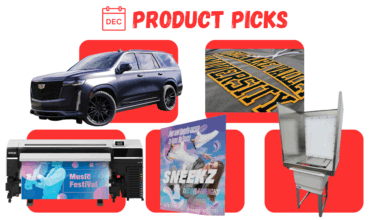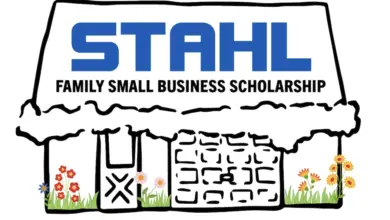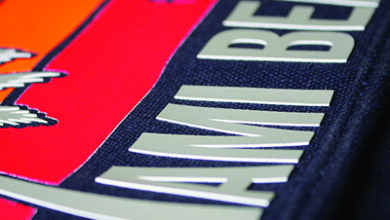First, let’s talk about the three different sublimation paper categories. These may be different than other suppliers, but my experience has shown these category designations to be accurate. Sublimation paper is either:
- High release
- Low or standard release
- Hybrid (combines properties of both)
High release paper typically requires less time to press to release the ink onto the substrate. It works well for soft goods and may provide slightly superior color transfer. Smearing is a common issue with this paper, as it tends to have a slower drying time. You may also experience ‘blow out’ on hard goods, as the dye may be released so quickly that the harder materials can’t absorb it fast enough. High release paper may also be more prone to curling, printer jams, humidity, and other environmental problems.
Low or standard release paper is largely the opposite of high release paper. It dries quickly, works well with hard goods, and has little instance of ‘blow out.’ A potential drawback of low release paper is that it takes far more time in a press to draw the dye out. Extensive time in a heat press can cause damage to or yellowing of coatings or fabrics, but shortening the press time could result in less vibrant colors. Low release paper tends to be resistant to jams and other environmental factors.
Hybrid paper combines the qualities of the two above. Some hybrid papers are more on the high release end of the spectrum while others are similar to low release paper. The time required in a heat press is closer to the high release end of the spectrum, but it mimics the low release papers’ capacity to quickly dry. Additionally, it offers an excellent release of color. Based on our experience, hybrid papers tend to be the best for all-around use on all substrates.
—EnMart



